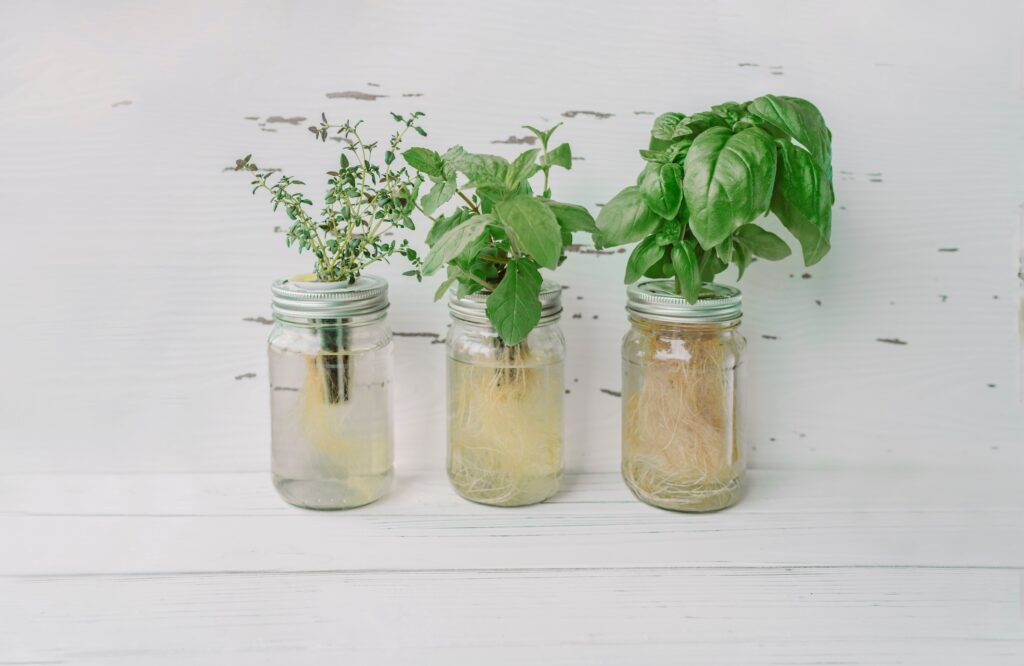Gardening Tips
Cultivating Greenery Indoors: Exploring Different Types of Indoor Vegetable Gardens
In recent years, the trend of growing vegetables indoors has gained immense popularity, driven by a desire for fresh, home-grown produce year-round. Indoor vegetable gardens offer a sustainable and rewarding way to enjoy the benefits of gardening without being limited by outdoor space or seasonal changes. In this blog post, we’ll explore various types of indoor vegetable gardens that cater to different lifestyles, preferences, and available space.
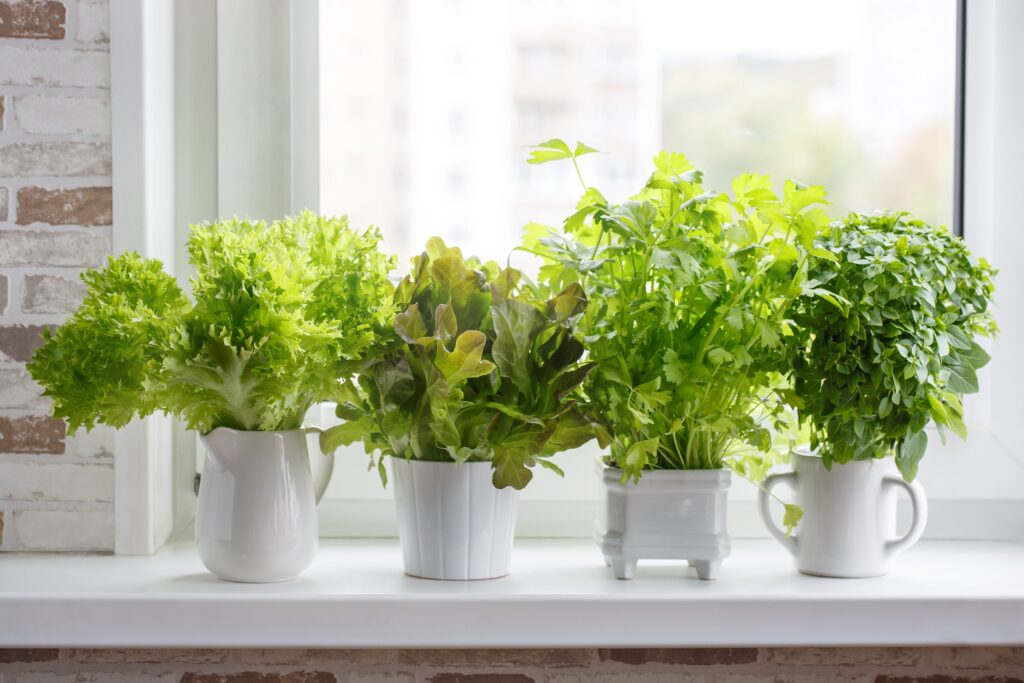
1. Container Gardens
Container gardening is a versatile and beginner-friendly option for indoor vegetable cultivation. All you need are containers with adequate drainage, suitable soil, and the right seeds or seedlings. This type of garden is perfect for individuals with limited space, as containers can be arranged on windowsills, balconies, or any available flat surface. Popular choices for container vegetables include cherry tomatoes, herbs like basil and cilantro, and compact varieties of peppers.
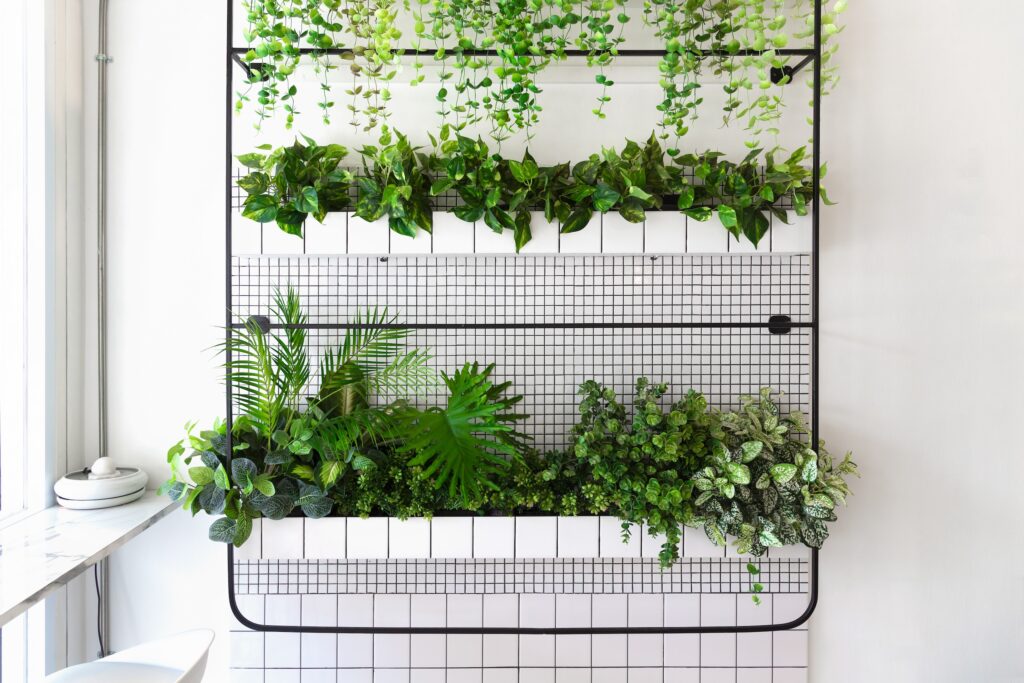
2. Vertical Gardens
For those with limited floor space, vertical gardens provide a creative solution. Utilizing wall-mounted planters or vertical structures, you can grow a variety of vegetables vertically, maximizing your growing area. Leafy greens, such as lettuce and spinach, are well-suited for vertical gardens. Vertical gardening not only saves space but also adds a visually appealing green element to your living space.
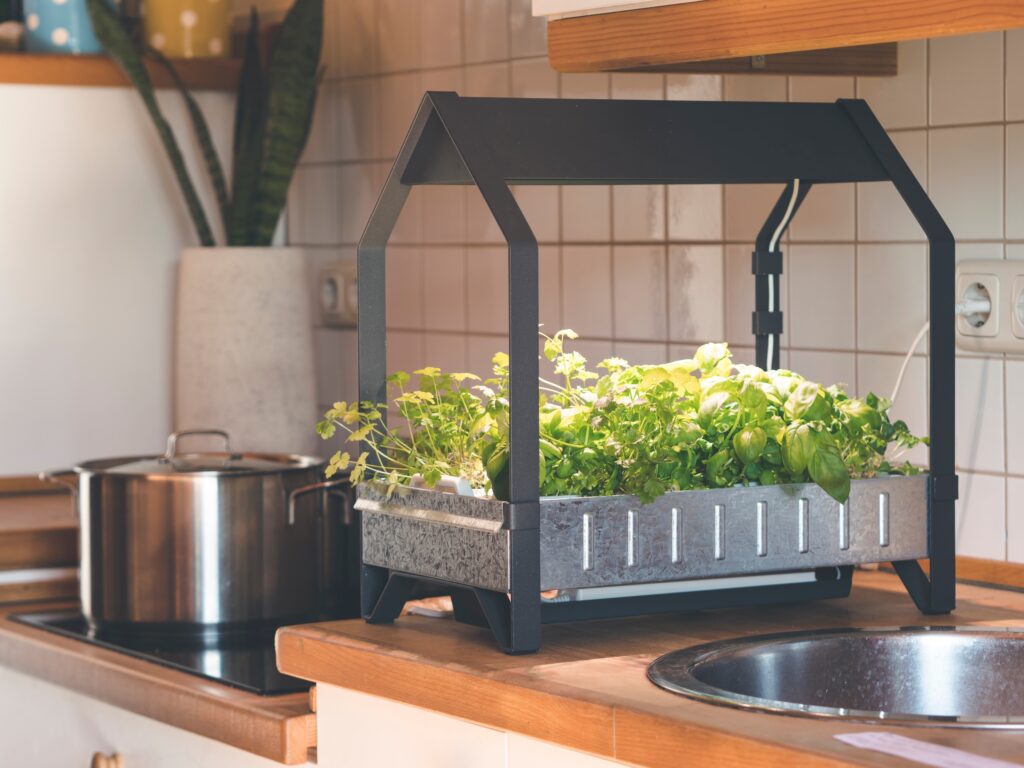
3. Hydroponic Gardens
Hydroponic systems involve growing plants without soil, using nutrient-rich water solutions. This method allows for precise control over the plant’s environment, leading to faster growth and higher yields. Indoor hydroponic systems are suitable for a wide range of vegetables, including tomatoes, peppers, and leafy greens. While setting up a hydroponic garden may seem daunting initially, many user-friendly kits are available for beginners.
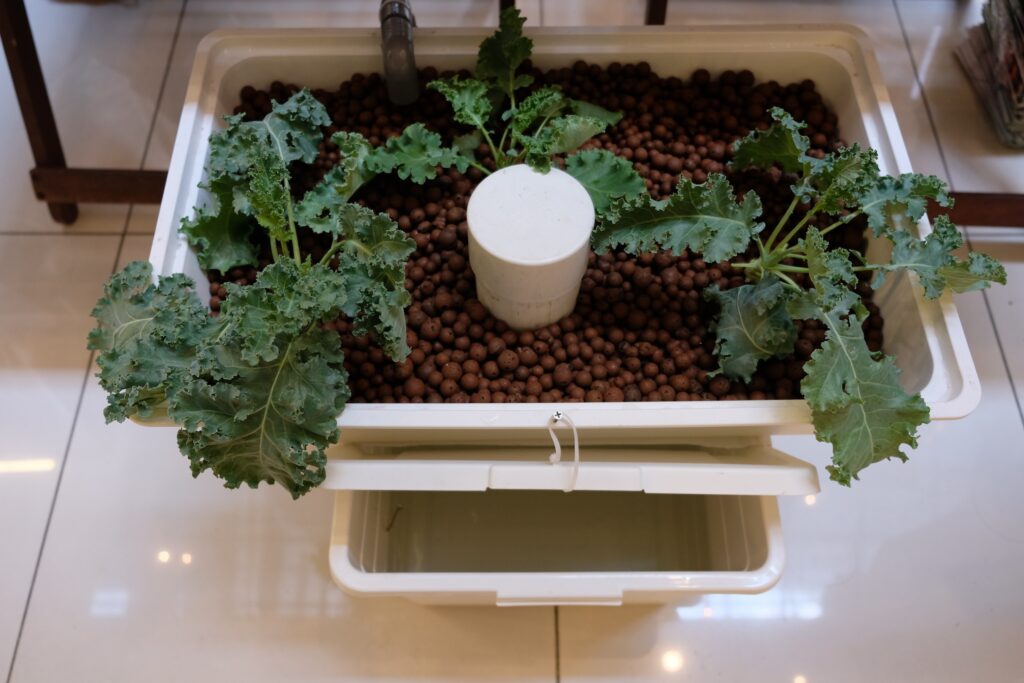
4. Aquaponic Systems
Combining aquaculture (raising fish) and hydroponics, aquaponic systems create a symbiotic environment where fish waste provides nutrients for plants, and plants purify the water for the fish. This sustainable method is not only efficient but also reduces the need for external fertilizers. Leafy greens, herbs, and even certain fruiting plants can thrive in aquaponic systems, making it an innovative and eco-friendly choice for indoor vegetable cultivation.
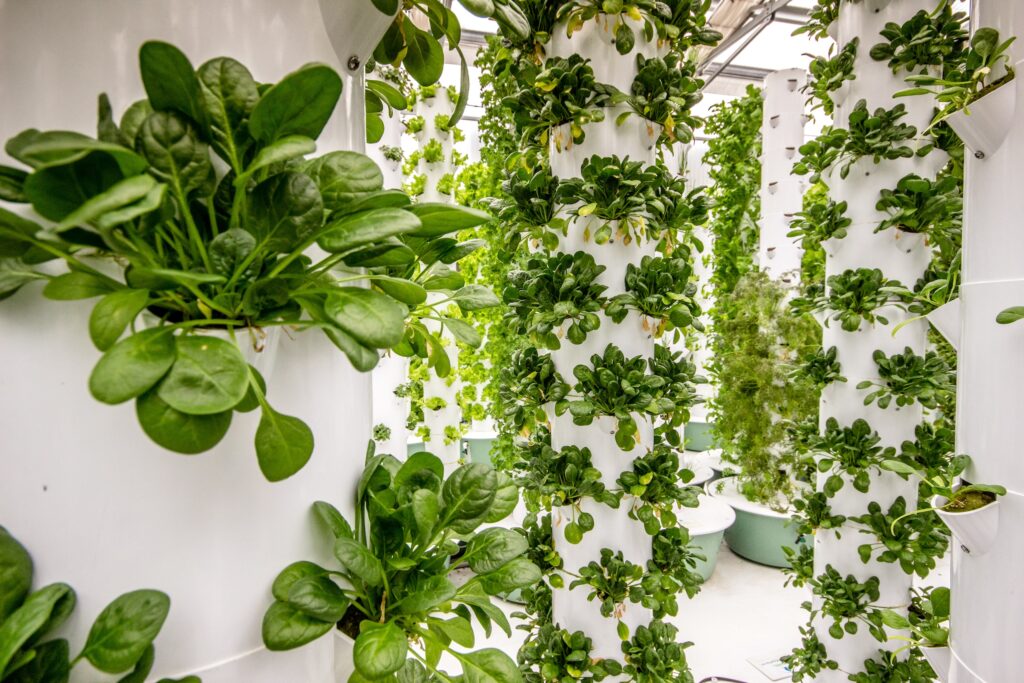
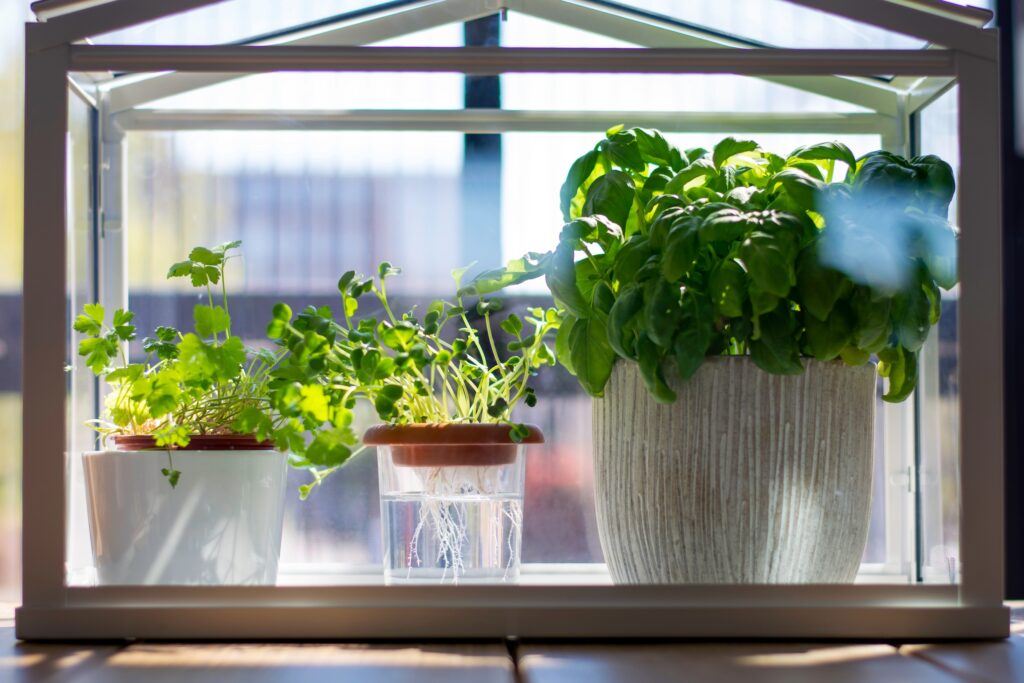
6. Indoor Greenhouses
For those who have a dedicated space and are serious about cultivating a variety of vegetables, an indoor greenhouse might be the perfect solution. Greenhouses create a controlled environment with regulated temperature, humidity, and light, allowing you to grow a wider range of crops. From tomatoes and cucumbers to exotic herbs, an indoor greenhouse provides the optimal conditions for year-round vegetable cultivation.
